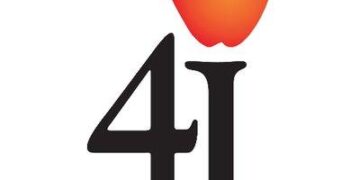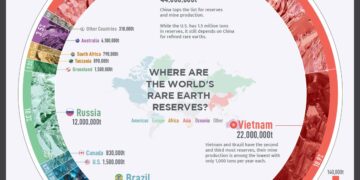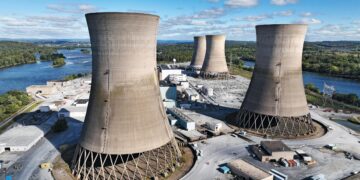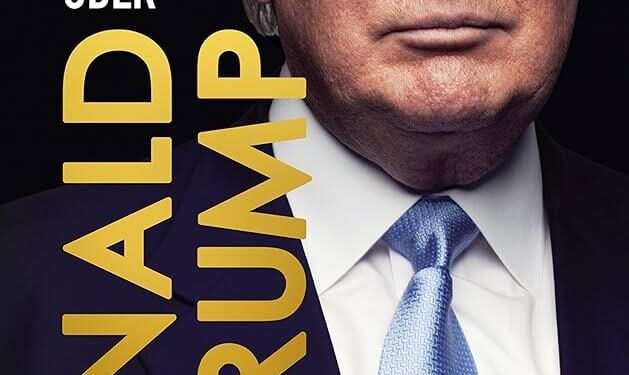As new details continue to emerge surrounding the late Jeffrey Epstein’s extensive network, renewed scrutiny is being directed toward former President Donald Trump’s past associations with the disgraced financier. CNN’s latest report delves into five critical questions that have come to the forefront regarding Trump’s ties to Epstein, examining the nature of their relationship, the implications for public trust, and the broader context of Epstein’s influence. This article aims to unpack these key issues, shedding light on a complex and contentious chapter in recent American political and social history.
Trump’s Connections to Epstein Examined: Key Allegations and Unanswered Queries
Donald Trump’s relationship with Jeffrey Epstein has sparked significant debate and scrutiny over the years, fueled by multiple claims and sparse clarity. While the two were known to have socialized in the same circles during the 1990s and early 2000s, the extent of their connection remains ambiguous. Key allegations focus on whether Trump was aware of Epstein’s illicit activities and if he ever participated in any wrongdoing. Despite public denials, past statements and accounts from mutual acquaintances suggest a complex relationship that merits deeper examination. Investigators and journalists continue to piece together timelines and interactions, seeking to distinguish between casual association and complicity.
Several unresolved questions linger that complicate public understanding and official inquiries, including:
- What was the true nature of Trump’s social engagements with Epstein? Documents and photos confirm their presence at the same events, but details remain elusive.
- Did Trump have any involvement or knowledge of the alleged illegal activities Epstein facilitated? This remains a critical line of investigation given Epstein’s notorious history.
- Why has there been seemingly limited cooperation from some witnesses linked to both men? Confidentiality agreements and legal strategies may play a role.
- How did their relationship evolve as Epstein’s legal troubles mounted? Examining shifts in association could shed light on responses from both sides.
- What impact has this association had on Trump’s political and public image? Analyzing media coverage and public opinion trends reveals a complicated dynamic.
| Aspect | Known Facts | Outstanding Questions |
|---|---|---|
| Social Circles | Shared events in New York and Palm Beach | Frequency and intent of interactions |
| Legal Awareness | Public denial of involvement | Knowledge of Epstein’s crimes before arrest |
| Public Statements | Dismissive comments on Epstein’s behavior | Consistency over time |
Analyzing the Impact of Epstein’s Network on Trump’s Political and Personal Sphere
Epstein’s network extended far beyond the shadowy realm of illicit activities, intersecting with high-profile political and social figures, including former President Donald Trump. The extent to which these associations influenced Trump’s political trajectory remains a subject of intense scrutiny. Investigators and analysts highlight several key dimensions where Epstein’s connections may have played a role:
- Social Circles: Epstein’s lavish parties and private island were frequented by influential individuals, creating a complex web of personal relationships.
- Political Leverage: Access to Epstein’s network could have provided strategic advantages in fundraising and garnering powerful endorsements.
- Reputational Risks: Proximity to Epstein posed potential threats to personal and political reputations, demanding careful navigation.
Despite numerous public denials and distancing efforts, careful examination of timelines and documented interactions reveals moments where Trump’s engagement with Epstein’s circle overlapped with key political events. The following table summarizes some of these intersections and their publicly known implications:
| Year | Event | Potential Impact |
|---|---|---|
| 1990s | Social gatherings at Mar-a-Lago | Networking with elite donors |
| 2002 | Public endorsement of Epstein at a fundraiser | Raised public questions |
| 2015 | Epstein’s legal controversies resurged | Forced public distancing |
Recommendations for Investigative Approaches and Transparency in Uncovering Truths
Effective investigation into these complex ties demands a commitment to multi-faceted transparency and rigorous journalistic standards. Investigators should prioritize open channels with credible sources while ensuring the protection of whistleblowers. The deployment of forensic accounting, digital communication analysis, and cross-examination of contemporaneous records can illuminate obscured connections, helping to parse fact from conjecture. Transparency also entails clear communication with the public, balancing privacy concerns with the imperative of an informed citizenry.
To foster accountability and broaden understanding, media outlets and investigative bodies must consider the following:
- Utilize data visualization tools to map interactions and timelines.
- Publish raw evidence excerpts when permissible, enhancing trust.
- Collaborate across institutions for independent verification of findings.
- Employ expert panels to interpret legal and financial complexities.
| Approach | Purpose | Result Expected |
|---|---|---|
| Digital Communication Forensics | Trace email and message patterns | Identify undisclosed interactions |
| Financial Records Analysis | Uncover monetary exchanges | Detect potential illicit funding |
| Public Source Transparency | ||
| Public Source Transparency | Share accessible evidence and methodologies | Build public trust and allow independent scrutiny |
| Cross-Institutional Verification | Collaborate with external experts and bodies | Ensure accuracy and reduce bias |




























